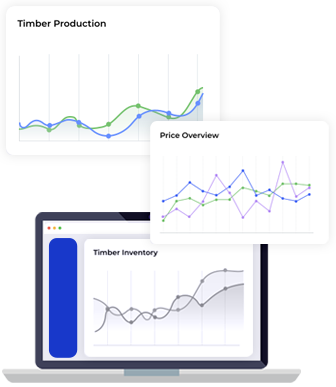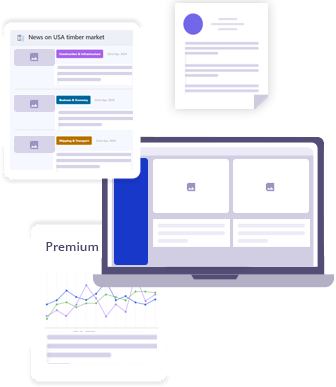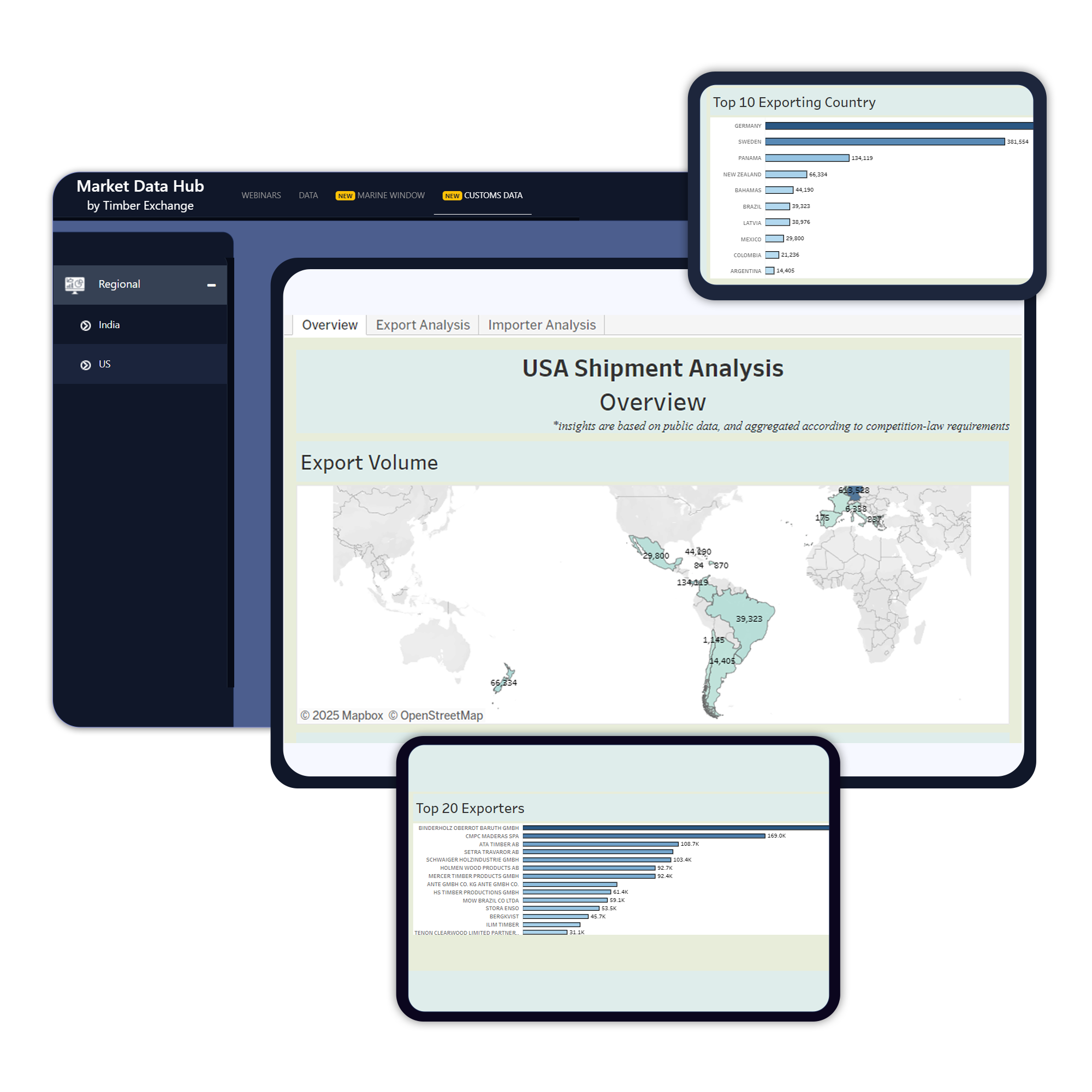
US housing market cools down as home prices fell by 2.5% from the June peak
Posted on February 3, 2023 |
The US housing slump extended into a 5th month as home prices are down 2.5% from a peak in June and in November, prices also fell by 0.3% from a month before.
Last year, a build-up in mortgage rates troubled the housing market, leading to the worst annual slide in sales of previously owned homes in over a decade.
Home prices are still higher than a year ago as homeowners benefit from the effects of an extended pandemic boom that broke records in many parts of the US but growth has been stalling as in November, prices grew annually by 7.7%, down from 9.2% gain in October.
In late January, borrowing costs eased, with the average on a 30-year fixed mortgage falling to 6.13%, and buyer interest might be growing again, with pending deals on the rise in December and other measures of demand climbing.
In November, US home prices fell by 0.1% compared to October but grew annually by 8.2%.
The price changes from October to November varied from a 1.1% drop in the Pacific Division to a 0.5% increase in the West North Central division. The 12-month changes ranged from a 2.4% gain in the Pacific division to a 12.0% increase in the South Atlantic division, which was all positive.





